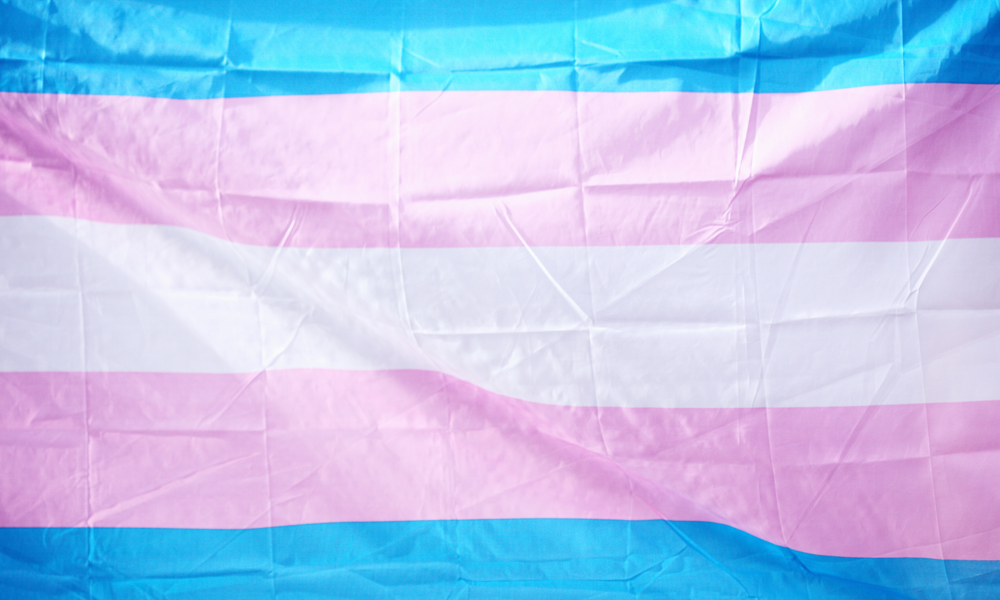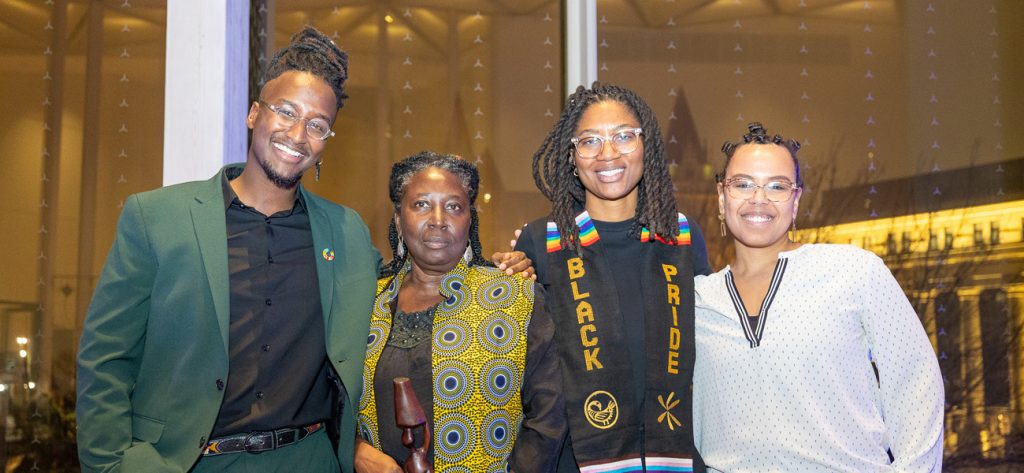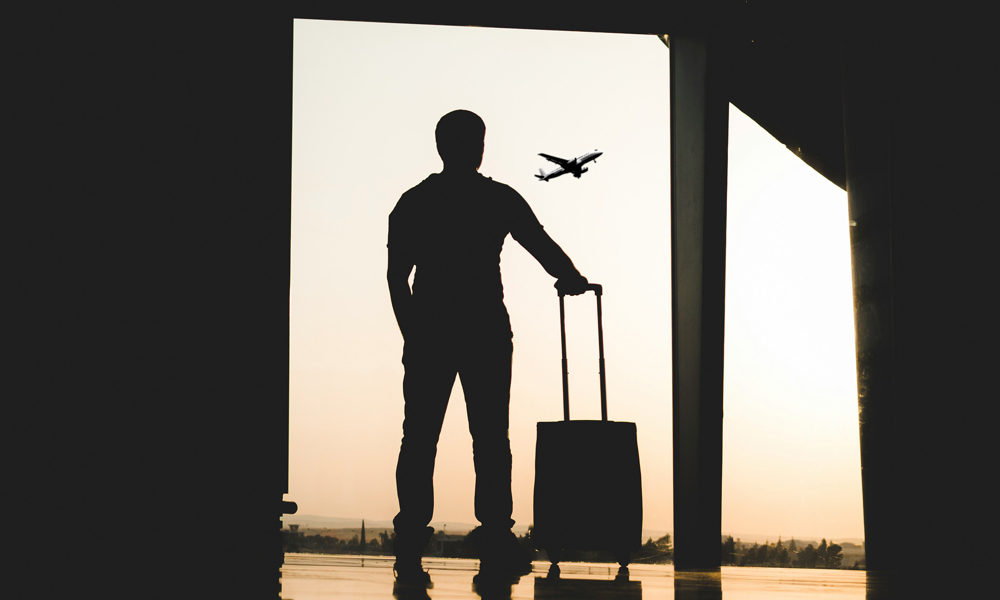Every March 31st, the trans community and allies come together to observe #TransDayOfVisibility…
On March 31, people around the world will recognize the International Transgender Day of Visibility (TDOV), a day dedicated to celebrating trans people and raising awareness of the discrimination faced by transgender people around the world. With transgender visibility in North America at an all-time high in media, sports and politics, it has become a day for allies and advocates to show support for the community. Beyond that, though, TDOV is about renewing our commitment to educate ourselves on trans issues and to raise our voices against transphobia in all its forms.
While the Transgender Day of Remembrance (or TDOR) is held every year on November 20 to memorialize the transgender people who have lost their lives as a result of anti-transgender violence, TDOV is a day dedicated to honour, celebrate and empower the lives of transgender and nonbinary people.
Whether you’re a trans person looking for support or an ally who wants to show support to the trans people in your life, here’s everything you need to know about TDOV.
History
Transgender Day of Visibility was founded in 2009 by Rachel Crandall-Crocker, a Michigan-based transgender activist and the executive director of Transgender Michigan. Her original intention was to create a day of awareness to celebrate the successes of transgender and gender-nonconforming people.
According to Crandall-Crocker at the time, the trans community didn’t always have a lot to celebrate. She also wanted to highlight the fact that the only transgender-centric day that was internationally recognized was the Transgender Day of Remembrance, which commemorates members of the community who had lost their lives – people like Rita Hester, a Black transgender women in Boston, who was brutally stabbed in her own apartment in 1998. The transgender community was tired of being targets and done being dismissed by the press, which continuously misgendered Hester. On November 20, 1999, people gathered and marched through Hester’s neighbourhood, and the Transgender Day of Remembrance was born.
Crandall-Crocker felt that TDOR and honouring transgender homicide victims was important. But she said she was always left feeling depressed after the day, and felt there was no day to pay homage to living transgender people.
“I wanted a day that we can celebrate the living, and I wanted a day that all over the world we could be all together,” she said.
So, in an effort to bring people a moment of happiness, she created a Facebook post encouraging people to organize festivities in their hometowns and started messaging accounts all over the world – it was worth a shot.
“I’d been wanting there to be a special day for us for a long time,” Crandall-Crocker recalled. “And I was waiting and waiting for someone else to do it. And then finally I said, ‘I’m not waiting anymore. I’m going to do it.’”
So Crandall-Crocker, who had lost a marriage when she came out and a job as a psychotherapist when she transitioned, decided to create the day herself. March 31 would be the International Transgender Day of Visibility.
The date wasn’t significant as much as it was convenient. It was far enough away from TDOR in November and Pride Month in June that it wouldn’t conflict with either. From her home in Michigan, she organized a panel just outside of Detroit. Maybe people would come or see the Facebook post and hold their own events, she thought.
Crandall-Crocker now talks about those early days with near disbelief. Millions of people now recognize March 31 as a day to celebrate transgender people worldwide. Every major LGBTQ+ rights organization recognizes the Transgender Day of Visibility with community gatherings, panels and celebrations.
For many trans kids, their first introduction to transgender community had long been a day honoring transgender murder victims. While it was a time of gathering, it was also a stark reminder that living as trans often came with an expiration date.
But the Transgender Day of Visibility gave kids another narrative to grow into, advocates say.
How To Be A Good Ally
Many transgender people are happy to discuss their experience, but allies shouldn’t always assume that’s the case. There are so many resources out there to help you if you want to learn more about the community and how to be supportive. Here are a few ways to support the transgender community today.
Seek out stories by transgender creators
Seek out authentic stories and media that have been created by the transgender community, such as the Transgender Film Center, a non-profit organization that supports transgender filmmakers and their projects.
Call your local LGBTQ+ centre
See what kind of help they need, whether it be volunteering or offering a service that you’re good at.
Educate yourself
Allies can start by learning the basic terminology surrounding the transgender community. For example, people often confuse sexual orientation and gender identity. There are many places online that share tips on how to be a good ally.






POST A COMMENT